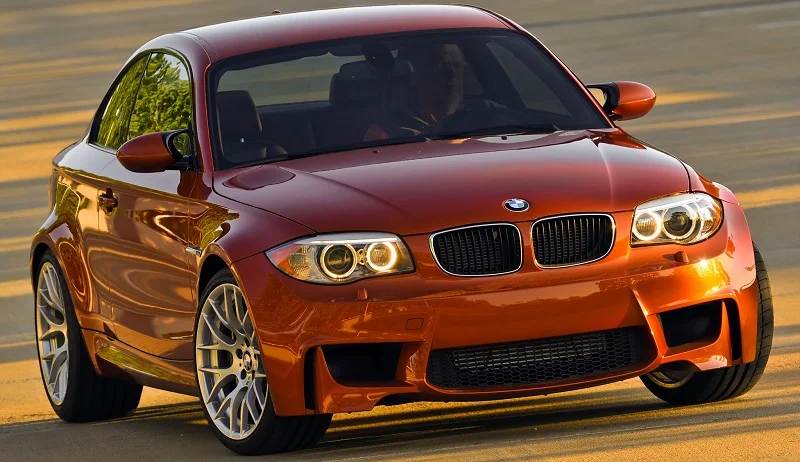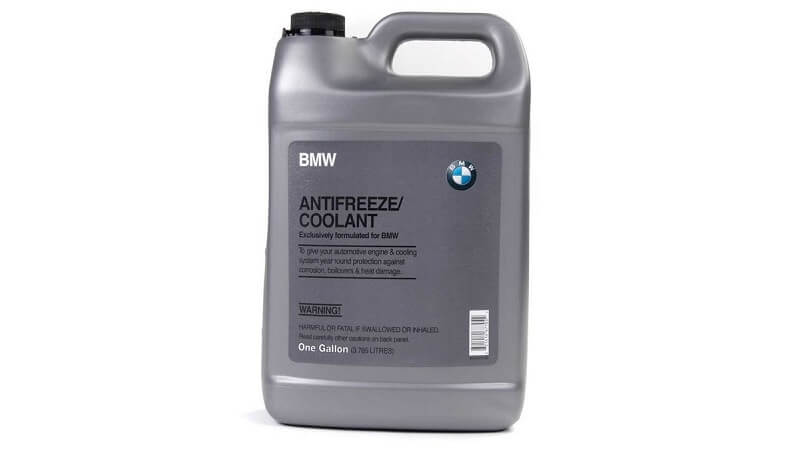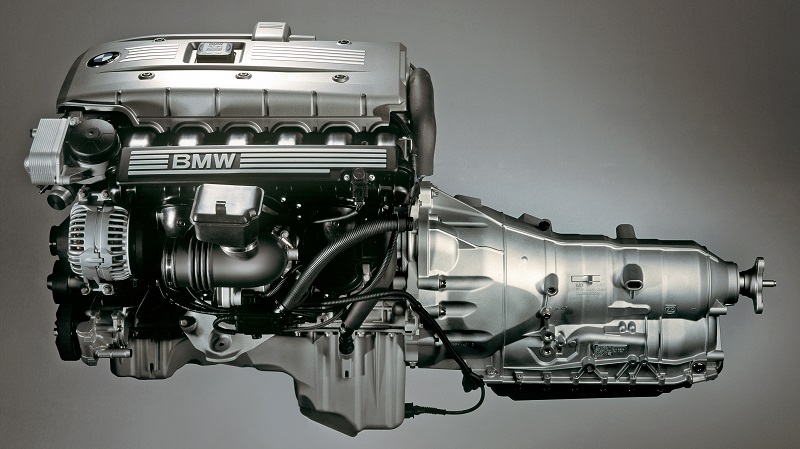In 2006, BMW introduced a 3.0L inline-six engine that they named the N54. It was the manufacturer’s first mass-produced turbocharged engine and the first turbocharged BMW petrol engine in over 30 years when it debuted.
The N54 featured two small-pressure turbochargers and an aluminum crankcase with iron cylinder liners and a steel camshaft. It used a forged crankshaft and connecting rods with cast pistons, and it’s this robust construction that played a massive role in how quickly it was initiated into the tuner community.
Today, the N54 is a heavily sought-after engine because you can extract a whole lot more power with relatively inexpensive upgrades. That said, it was unventured territory for the manufacturer, which meant it came with a number of problems. Here’s a quick look at everything you need to know about the BMW N54.

Available Versions
The N54 made its debut as part of the 335i from the E92 3-Series range; however, it quickly made its way onto other models in the BMW line-up. Interestingly, over its decade-long production run, it didn’t receive any significant updates. In fact, BMW used it in the same configuration — displacing 2,979cc, with an 84 mm bore, 89.6 mm stroke, and a 10.2:1 compression ratio — on all models barring the Alpina tuned iterations.
Since it was essentially the same engine throughout its lifespan, it was categorized by how much power was produced.
225kW (302hp)
This was the very first iteration of the N54 engine and was produced from 2006 to 2016. Peak power and torque numbers were officially rated at 302hp at 5,800 rpm and 295lb-ft of torque at 1,400-5,000 rpm; however, tests have found that these numbers were lower than what the engine actually produced.
Independent tests have found that the original N54 produced as much as 311 hp and 311 lb-ft of torque. The cars that this engine powered include the E90/E91/E92/E93 335i (2006–2010), E60/E61 535i (2007–2010), E82/E88 135i (2007–2010), E71 X6 xDrive35i (2008–2010), and the E89 Z4 sDrive35i (2009–2016).
240kW (322hp)
In 2008, BMW launched a higher-tune version of the engine on the F01 740i, in production until 2012. Peak power was bumped up to 322 hp at 5,800 rpm, while torque saw a notable jump to 332 lb-ft that came in from 1,500 rpm up to 4,500 rpm. This version of the engine also powered the E92/E93 335is from 2011 to 2013.
250kW (335hp)
In 2011, BMW introduced the most powerful iteration of the N54. While peak torque remained identical to the previous version of the engine, power was now 335 hp at 5,900 rpm. This engine was arguably the most iconic version of the N54 as it powered the beloved first-generation of the 1 Series M Coupe in 2011. It also made its way onto the E89 Z4 sDrive35is from 2011 to 2016.
BMW also supplied the engine to Alpina, who gave it new pistons and an oil cooler and updates to the ECU. It powered the Alpina B3 (E90), Alpina B3 S, and the Alpina B3 GT3 with power and torque figures reaching as high as 402 hp at 6,000 rpm and 398 lb-ft at 4,500 rpm, respectively.
Tuning Potential of BMW N54

The N54 is considered a modern legend primarily because of the tuning potential it possesses. Enthusiasts have called it the “German 2JZ” and even compared it to the iconic Nissan RB26DETT that powered three generations of the Skyline GT-R.
With some pretty straightforward updates, like a big single turbocharger and an upgraded fuel system, owners could bring about a 15-30% increase in power. This engine can definitely handle more, and you can find examples of heavily tuned N54’s that produce as much as 700hp at the wheel!
Common Problems
The N54 may be one of the most versatile and capable engines of all time, but, unfortunately, it had its fair share of problems. BMW has ironed out most of these with the BMW N55 engine, which is its direct successor. Whether these issues outweigh the potential that this engine offers is subjective. We’re going to list them out, so you can make an informed decision if you’re in the market for one.

High-Pressure Fuel Pump Failure (HPFP)
One of the most common issues with the N54 is the failure of the high-pressure fuel pump. The HPFP is responsible for injecting fuel into the engine, and it’s been reported to fail by multiple owners.
BMW noticed that this was a repeating occurrence and added a 10-year/120,000-mile warranty on the part. However, considering that a majority of these engines have already made it past the 10-year mark, it’s likely that most of them have had the fuel pump replaced at some point.
Luckily, this problem is easy to spot with symptoms like a long crank time (while starting up) and a noticeable drop in power. The check engine light on the dash will likely illuminate as well. Unfortunately, there’s no way to see this coming, and there isn’t much you can do to prevent it from happening.
Running your engine hard may increase the probability of a fuel pump failure, but feathering it will not help your case either.
Clogged or Leaky Fuel injectors
The fuel injectors work alongside the fuel pump discussed above and are just as expected with the N54. They are constantly working, and despite several revisions from BMW, are pretty unreliable.
The most common reason for failure is the build of carbon on the injectors that causes them to spray fuel inefficiently. Occasionally running an ethanol cleaner through your fuel can help prevent this issue.
Another concern with the fuel injectors is that they can be leaky. Considering the way they are positioned, fuel may leak onto the spark plugs, resulting in start-up trouble and misfiring when running.
Turbo Failure and Wastegate Rattle
The fuel pump failure is a relatively inexpensive fix; plus, it’s backed by a comprehensive warranty if you get your hands on a newer engine. Another common issue with the N54 is concerning the turbocharger (wastegate, in particular), and unlike the fuel pump issue, this will be expensive to fix.
The wastegate on a turbocharger controls the flow of exhaust gases from the turbochargers and regulates the turbo’s spool speed. Essentially, it controls boost pressure. Wastegate rattle is an issue that’s caused when its actuator rod is worn out. If this isn’t sorted, it will blow your turbo, and that’s not an issue you want to deal with. A new turn can cost you a few thousand dollars, and having them replaced is also a labor-intensive job, so there are those costs to factor in.
Keep an eye for low boost engine codes, a significant loss in power, or a rattling noise from the engine.
Water Pump Failure
On the N54, BMW decided to use an electric water pump instead of a more conventional chain or belt design. Now, an electric unit has several benefits, but the one found on the N54 was notorious for unexpectedly failing.
The water pump plays a vital role in keeping your engine running smoothly as it pumps water into the radiator to reduce engine temperatures. In most cases, the water pump will get you past the 100,000-mile mark, but there have been instances where they failed as early as 50,000 miles.
Sadly, there’s no way of diagnosing an impending water pump failure. Some warning signs you’ll notice with a failing pump are higher than usual engine temperatures, a sudden drop in coolant levels, and a loud radiator fan.
BMW N54: Significance

As we all know, there isn’t a machine out there that’s perfect. Every engine ever made is bound to throw up a problem or two, and the N54 is no different. Granted, the N54’s list of issues may be slightly longer than others, but there’s no denying the fact that this is an engine with a rarely matched potential.
A testament to the fact comes with the five straight International Engine of the Year awards and three straight Ward’s 10 Best Engines awards that it has won. The N54 was eventually replaced by the N55, essentially the same engine, but with a different turbo setup and other components to make it more reliable. However, this increase in efficiency came at the cost of performance.
Today, you’ll find that tuners and enthusiasts still prefer getting their hands on an N54 rather than an N55, just because of how much more you could do with it.
Keep Your N54 Reliable Using Quality Parts
If you own a BMW N54, the absolute best way to keep it running smoothly is to maintain it using quality parts. Here at Bimmers.com, we offer the finest selection of Genuine, OEM and aftermarket parts for your BMW. Let us help you get the most out of your N54 powered bimmer!




